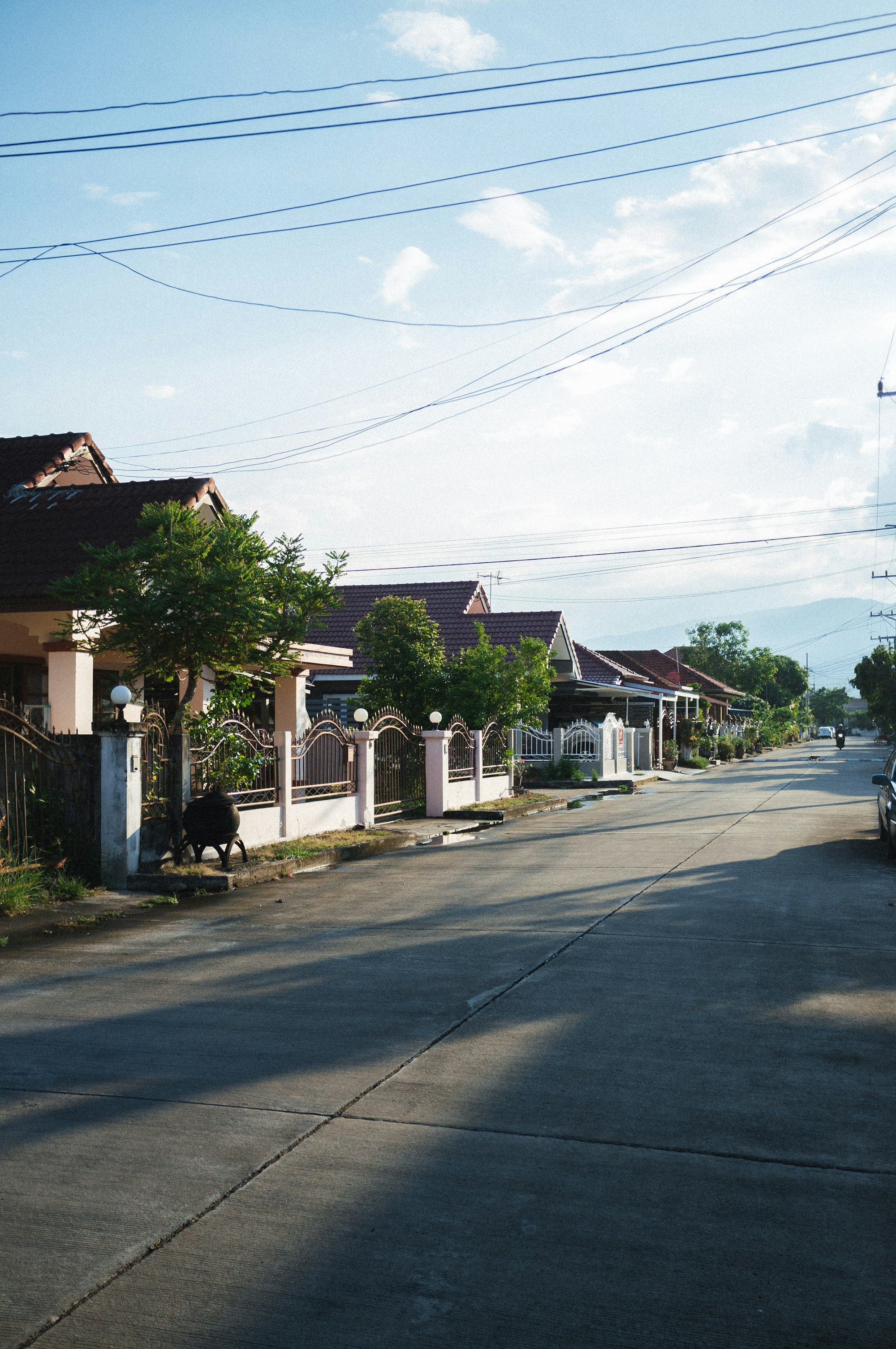This week I'm going to try something different. Instead of focusing on current events, I'd like to focus on the things that make people cynical about "politics" and "government".
Ever since our Founding, the American political experiment has relied on broad participation. We don't need to all agree all the time, but we do need to all be engaged. And that includes sticking around after losing an election and working to win the next one. And there are always next elections.
When large groups of people (on "both" sides) start to believe their votes won't make a difference, we need to check in to see whether they're on to something. And if they are, we need to figure out how to make sure their votes matter again.
That's what I'll be exploring in these Anti-Cynicism posts.
Today's post is going to focus on a challenge we know all too well in Texas: population growth!
The good and bad of more people

I know y'all - when I mentioned population growth, the first thing y'all thought of was traffic. For as long as I can remember, I-45 has always been under construction. So I feel your pain.
But before we get to the costs, I want to quickly remind everybody of the benefits.
The biggest advantage is the most obvious: it's easier to get stuff done when we have help. For example, if two people cook instead of one, they each do less work to feed themselves than if they cooked alone.
It leads many economists to believe that population growth can help improve quality of life (though there is some debate on that).
Now of course, what we decide to do with the extra people matters. If we don't invest in expanded infrastructure, then we get all the bad stuff nobody likes: traffic congestion, overcrowded classrooms, and not enough jobs to go around.
But in addition to the material challenges, there's also a social one.
Dunbar's Number
In the early 1990s, British Anthropologist Robin Dunbar proposed that there was a limit to the number of stable relationships humans can maintain. Or to put it another way, there's a limit on "the number of people you would not feel embarrassed about joining uninvited for a drink if you happened to bump into them in a bar."
He calculated the number by looking at the number of relationships primates have and the size of their brains and then estimated our number based on the average size of a human brain. We now refer to this number as Dunbar's number. Most experts think it hovers somewhere between 100 and 250. If you've read Yuval Hariri's Sapiens, it's a crucial part of his story.
Now, not everyone in our physical space needs to be part of that inner circle, but the more people in a community, the less likely you are to run into one of those 150 people. Just imagine a community growing from 1,500 people (every 10th person is a buddy) to 6,000 people (every 40th person is a buddy).
It could get kind of lonely.

That's what's happening in Texas. Our communities are growing, but we're not building the social (and political infrastructure) to handle that growth.
The Congressional Apportionment Amendment - The Real 1st Amendment
After defeating King George, the Founding Fathers were determined that their new government be much more responsive to the people. That's why they chose to incorporate important democratic features like a popularly elected legislatures.
A key concern, particularly of the Anti-Federalists, was the size of those legislatures. They feared that over time, if the number of seats in the legislature remained relatively small, the districts would become more geographically expansive. Then only well-known individuals with big reputations would be able to win election. They also worried that, because of this system, whoever won wouldn't really understand the ordinary people in their district. (Good thing that never happened!)
To address this concern, James Madison wrote the Congressional Apportionment Amendment. It set out a formula for increasing the size of the House as the population grew. It was the first proposed amendment. Unfortunately only 11 of the 15 states at the time ratified the amendment - one short of the number necessary to make it official.
Despite that failure, Congress and the States regularly expanded the number of legislative seats as the population grew. That is until 1929 when Congress couldn't agree on the new number and instead set a cap at 435.
As you can see below, the number of people per seat grew much faster after 1930 then before. And we see the same trend in Texas at around 1950 when the number of seats in the State House was capped at 150.

In the past, both Congress and the Texas Legislature understood that for citizens to get the best government possible, voters needed to know they could reasonably run into their representative. So they kept the community size close to the Dunbar number.
Now, instead of keeping our communities tight knit, they've decided to make their own community in Austin. Every year, they get chummier with each other while we see fewer and fewer people we know at H-E-B.
It's no wonder people think their votes don't matter.
A Return to Smaller Communities
In an earlier era, it probably was more complicated to run an efficient legislature. People had to travel long distances; it was hard to print information and keep people updated; and the only way to guarantee the member's vote came from the member was to do it in person. So keeping the legislature small might have made sense.
But today, especially during COVID, we're seeing how the Internet has made these challenges much easier.
We can have virtual hearings, staff members send emails with reports instantaneously and our phones have bio locks like thumbprint and facial recognition.
It's time we really took advantage of this technology and made our districts smaller.
I propose we increase the size of the Texas House to 450 members. That's just a little larger than the current U.S. House. It would bring our average community to representative size down from 200,000 to about 67,000.
If the U.S. House can make it work with 435 (and Germany with 709), Texas Representatives can certainly manage 450.
And once the districts are smaller, maybe they'll realize that instead of flooding our TVs with ads every two years, it's better to just show up and take questions.
Had you heard about the history apportionment before?
Send me an email at [email protected] and tell me what you think.

